Marisa Wojcik:
Welcome to Noon Wednesday. I’m Marisa Wojcik, a multimedia journalist with Here & Now on Wisconsin Public Television. So, as debate gets heightened over immigration policy, it can translate to losing some of the humanity in the migrants themselves, and getting lost in the narrative. So our guest, Nissa Rhee, is working to break the traditional news cycle around reporting on refugees, asylum seekers, and immigration policy in general. And, she is the Executive Director of 90 Days, 90 Voices, which is a nonprofit working to change how these stories are told, and being impacted by the people they are reporting on, and Nyssa, thank you so much for being here.
Nissa Rhee:
Thanks for having me.
Marisa Wojcik:
I wanna start by just asking you, as we’ve seen these waves of stories over the last few years, and as a journalist, what goes through your mind when you’re looking at some of these headlines, and reading some of these reports?
Nissa Rhee:
Yeah, it’s been really interesting watching, over the last two years, specifically since President Trump was elected, we got our start shortly after he signed the Muslim travel ban, so we’ve been paying attention to this issue quite closely since then. And, when that happened in January 2017, in Chicago, there were no immigration beat reporters in the major newspapers. It was an issue that was covered, it was covered by neighborhood reporters, criminal justice reporters, possibly religion reporters, but there wasn’t really that focus on immigration. And now you see all the major newspapers, New York Times, Washington Post, hiring immigration beat reporters, having an immigration desk. So you see, you know, a move to covering it better, covering it more, whether that coverage is exactly like we would like, we can talk about. But, going from so little coverage to every day you open the newspaper, or you turn on the radio and you see something, that’s been a huge shift.
Marisa Wojcik:
And, even more so heightened by a highly politically polarized environment, that must be a challenge even though you are putting people on that specific beat.
Nissa Rhee:
Yes, definitely. And I mean, I think when we think about coverage in Chicago, where I’m coming from, and national coverage, so much of the immigration reporting is response to whatever the Trump administration did today. So it’s often just, something came out, and we’re responding, rather than really digging deep into, why are people coming now? What is it like for them to wait for asylum for several years, for instance. Or, what is it like to be in a detention center without an end in sight. So you don’t see as many of those deep context stories. I think we are doing a pretty good job as journalists, covering the policy response, but, digging deeper, getting those personal narratives, there’s still a big gap.
Marisa Wojcik:
And you said some of the initial impetus for this came from the travel ban. Specifically, what were you seeing that, as a journalist, you didn’t agree with, and what is your work doing to kind of combat those?
Nissa Rhee:
Mm-hmm. So, initially, I’m a journalist in Chicago, my two other co-founders are also journalists. We were watching the same coverage as everyone else, which was a lot of crying people in airports at that point. There wasn’t a lot of digging in, there wasn’t a lot of, you know, this is why this person is at the airport. This is their story of coming to the U.S. So that was the gap that we hoped to fill, and our vision, initially, the name comes from the language of the travel ban, which banned refugees for 90 days from entering the United States. And, our vision was really to get personal narratives out there. Give voice beyond just the soundbites of someone saying, they can’t come in, or, that really delve into people’s stories here. What are the challenges back home? How is the United States policy impacting those challenges that are pushing people from their home? And, really thinking more, also about, how do we respectfully and ethically give space for these people to tell their stories, when we know ICE, for instance, is reading newspapers, and has arrested people based on their quotes in newspapers? So, we need to think as journalists, when we hear someone’s story, and it sounds like a great story, before we run to run it, what are the implications? How will that impact that person’s life if they’re undocumented? How will it impact their asylum case if they’re seeking asylum? And so, one of the things we did straight off the bat was, we decided we wanted to use a lot of illustrations, instead of photos whenever possible to mask identities. And, we always give the option of someone who is at risk of deportation or violence of using either their first name, or a pseudonym. So, that was decisions we made, editorial, right off the bat that, we, as an organization believe these stories are important, but we also believe that these people are important. We must actively protect and think through issues of trauma and safety when you’re reporting on these issues.
Marisa Wojcik:
And, this is kind of a new wave of journalism and storytelling. Part of what I was seeing in your stories, and in your ethical guidelines was, kind of bringing the subject or the person in more during the storytelling process so that they have more agency over what is being told and what’s not. And, some journalists hold onto that tenant pretty closely as I have, journalistic integrity over the content that will be in this story, that is what I’m charged with, and so it’s not seen as something that the person whose story it is has as much control over. Have you seen journalists struggle with, kind of relinquishing any of that?
Nissa Rhee:
Yes, definitely. And I mean, I think it goes back to ideas about power. So when I, as a journalist interview someone, in a government position, in a law enforcement position, or they have a PR officer, there’s a very strong understanding of what is the role of the media? They have a story to tell. They want their story to be told through the journalist. So they have a lot of power there. But when you’re talking about people, like I said, undocumented immigrants, asylum seekers, people impacted by these travel bans, there’s a lot less power. They have a lot more to lose. So holding them to the same sort of standards as we would hold to a government official, we don’t think it’s fair, you know. Just, the power difference is so huge. And I, as a journalist, I think we have to recognize how powerful our work is. People read it, and policies change. Or people read it, and people’s lives change. And, we would hope, as journalists that things change for the better. And so we have to really think carefully through that. You know, I’ll give you an example. Last year, we did a reporting project on undocumented immigrants living in Little Village, which is a neighborhood in Chicago. And, it’s a mostly Mexican neighborhood. Biggest population of undocumented immigrants in Illinois, in this neighborhood. And, after the Trump election, the neighborhood was really shaken. It not only has this huge Mexican immigrant population, it’s also the second largest commercial district after Michigan Avenue. So it’s very thriving, tons of businesses there. And, that landscape was devastated. There was a lot of media reporting about potential raids, ICE raids. And all the people coming from Wisconsin, Indiana, Michigan, who would go do their shopping in that neighborhood stopped coming because of fears of raids. And a lot of blame in that community fell on the media. They felt the way that the fear-mongering was going on in local media and national media really hurt them. And some of the businesses lost half their profits because of that, so, when we go in last year to do these stories, our thought was really, let’s tell a story about resilience and strength, and not just about fear. There is a legitimate fear. There are legitimate problems. But, in the face of that, people are so strong. And we wanted to honor that, and make the community also part of that storytelling through these first person narratives, through, we had young teens go around the neighborhood and take pictures of what they thought Little Village was. Through working with immigrants to tell their stories about different criminal justice issues in the neighborhood, in their own words. We worked with a comic artist like that. So, it was really, again, about power thinking through and what is the responsibility of the journalist? It’s not just to shed light on the horrible things that are happening, but, show people some of the good in the world, too.
Marisa Wojcik:
In that example that you gave, was part of the reporting on the ICE raids almost meant to protect people who could potentially be deported? Is there a little bit of a double edged sword there? If you don’t report on it, then, people might not be aware of the reality of what might be happening at a specific time, and in a specific place.
Nissa Rhee:
Mm-hmm. I think, I mean the point of the specificity is true, you know. But, the way that it was being covered was more general. Like, you shouldn’t go to these areas because, there might be raids. Not that there will be a raid this weekend. Like, sometimes we get announcements like that. So, just the general fear. And, going back to the politics, that is something we’ve seen over and over again, is that so much of the policies and rhetoric we’re hearing coming out of Washington, of course, but elsewhere too, is about fear. And, about making people not want to come here. And making people who are here want to leave or feel isolated. So we’re trying to think through ways of breaking down that fear, and showing, as I said, strength and resiliency as well.
Marisa Wojcik:
And, it’s interesting that you focus specifically on immigration, refugees, asylum seekers, because these ethical guidelines that your organization has created for storytelling could be applied to other vulnerable populations that are reported on, and often misreported on.
Nissa Rhee:
I think definitely the case. So, I have kind of a mixed background. I started actually in radio on an international affairs show and moved abroad, and worked in Asia for a number of years as a correspondent, where I, too, interviewed refugees and asylum seekers in South Korea, Japan, Vietnam. You know, these are international issues, so I have that lens. But I also have done a lot of reporting on criminal justice issues. And you know, often in the U.S. this immigration issues and criminal justice issues are blurred. You know, a lot of law enforcement, a lot of detention centers, which are basically prisons. But I think, you know, the thread throughout my career, I think these guidelines that we came up with really could speak to anyone who is in a less powerful position than you, as a journalist. And thinking, how do we be respectful, and protect people’s safety?
Marisa Wojcik:
And, a little bit of the sense that I got, particularly around trauma, the fact that a lot of people that you might potentially be reporting on might have trauma that they’ve experienced, and you can be re-triggering, if you’re not sensitive to that. But, it also made me think about the expectations that we have as an audience, you know. Are there things that people that are listening, watching, reading, are expecting from a story that are kind of pushing journalists towards bringing out that trauma from someone’s story? And, are we needing to kind of reconfigure our expectations?
Nissa Rhee:
Mm-hmm, yeah, I think definitely. I mean the old adage, if it bleeds, it leads is true here as in any other part of journalism. So there is this eagerness to see victims, to see people as helpless, and, but whether people as an audience wants it, I would kind of challenge that. We had a really interesting forum a few months back, where we got together a lot of people who work in the immigration world in Chicago, and we talked to them about what is lacking in media coverage in Chicago, but also nationally when you think about immigration? And, I was really surprised to hear them say that they felt they couldn’t even turn on NPR for instance, because it was so traumatizing hearing story after story of children being separated, and raids, and terrible conditions in detention centers. So, people are turning away from it. And, I think we’ve seen this in other areas of journalism too, where there’s really a hunger for solutions. There’s a hunger for okay, this is happening, what do I do about it? What can I do? What is my role in this? And you know, I think we’ve seen a ton of activism around immigration and politics in general, in response to that. And, while yes, I do feel it is a journalist’s duty to investigate some of these horrible things that are happening, at the same time, it’s also our duty to shed light on what people are doing to change that. What are the solutions? What are the approaches that we can take to build resiliency in neighborhoods like Little Village?
Marisa Wojcik:
So it almost sounds like as important as it is to know about the crisis on the border for example, it sounds like you’re saying, it’s just as important to understand the lives of the people living within your own backyard.
Nissa Rhee:
Definitely. And you know, I would say, coming from Chicago, over 20% of our population in the city is foreign-born. Cook County, this county where Chicago is, has a third highest level of immigrants in the country. Double that of El Paso. So, this isn’t an issue just about the border. It’s about our own communities. The Midwest has a huge Rohingya refugee population, Sudanese population, Venezuelan asylum seeker population. And, I think by kind of relegating our focus to the border, we’re doing a disservice to the people who are in detention centers in our own communities. The people who are waiting for their asylum cases to process in our own shelters, in our own cities. So we really need to think about this more broadly than just the border, just crisis after crisis. They’re our own neighbors who are being impacted, and I would like to see more focus by journalists on the local impacts of these national policies.
Marisa Wojcik:
We are slowly but quickly marching towards an election. And, for the past few weeks, the fact that immigration hasn’t dominated the news cycle has almost felt strange in and of itself. But do you see this being a very important issue for the media, and for the presidential election as we see 2020 approaching?
Nissa Rhee:
I think definitely, and especially with the upcoming census next year. There was so much discussion around the issue of whether we’ll take note of a person if they’re an immigrant or not, whether they’re born in the U.S. or not. This is gonna be an issue that continues to be important, just by the sheer number of people who are not born here, who live in the United States. But also, it was such a huge part of the rhetoric of the last presidential election. And it was something, like I said, I reported on these issues abroad, and in the U.S., but, hearing the rhetoric from a presidential candidate like Trump talking about these issues so boldly, is quite shocking, and I can’t imagine we’ll see something different in the next election. I think this is a big priority for the current administration, and I imagine it will continue to be a point of debate in the next election.
Marisa Wojcik:
Are there things that audiences could be more mindful of to be more media literate, or media literate around when they’re reading about immigration policy or particular stories, what do you want people to remember?
Nissa Rhee:
I think, know your history. That’s so important. We think about these issues as being very recent. Or maybe we think about them as always being this way. ICE is a relatively recent institution. It came about after September 11th. So we don’t have to, there was a time before ICE, there will probably be a time after ICE, whenever it evolves into something else. So, trying to have an open imagination about what the future will hold, based on the past. And you know, thinking about how race has played into our immigration system in past years, and how it continues to play now. I think that’s so important, and something, as journalists might be included in the story, but really, it’s on other people to also look into history and truly understand what are the origins of these policies? Why is there a movement to stop immigration now? What is the movement to continue it? Try and understand these issues through a historical lens, I think, is so important, especially now when it feels like sometimes things are just falling apart, trying to have that grounding is important.
Marisa Wojcik:
Well Nissa, thank you so much. We really appreciate you joining us.
Nissa Rhee:
Thank you, it’s been great.
Marisa Wojcik:
For more from Here & Now, and Wisconsin Public Television, you can visit wpt.org, and thank you so much for joining us on Noon Wednesday.
Search Episodes
News Stories from PBS Wisconsin

Donate to sign up. Activate and sign in to Passport. It's that easy to help PBS Wisconsin serve your community through media that educates, inspires, and entertains.
Make your membership gift today
Only for new users: Activate Passport using your code or email address
Already a member?
Look up my account
Need some help? Go to FAQ or visit PBS Passport Help
Need help accessing PBS Wisconsin anywhere?

Online Access | Platform & Device Access | Cable or Satellite Access | Over-The-Air Access
Visit Access Guide
Need help accessing PBS Wisconsin anywhere?

Visit Our
Live TV Access Guide
Online AccessPlatform & Device Access
Cable or Satellite Access
Over-The-Air Access
Visit Access Guide
 Passport
Passport


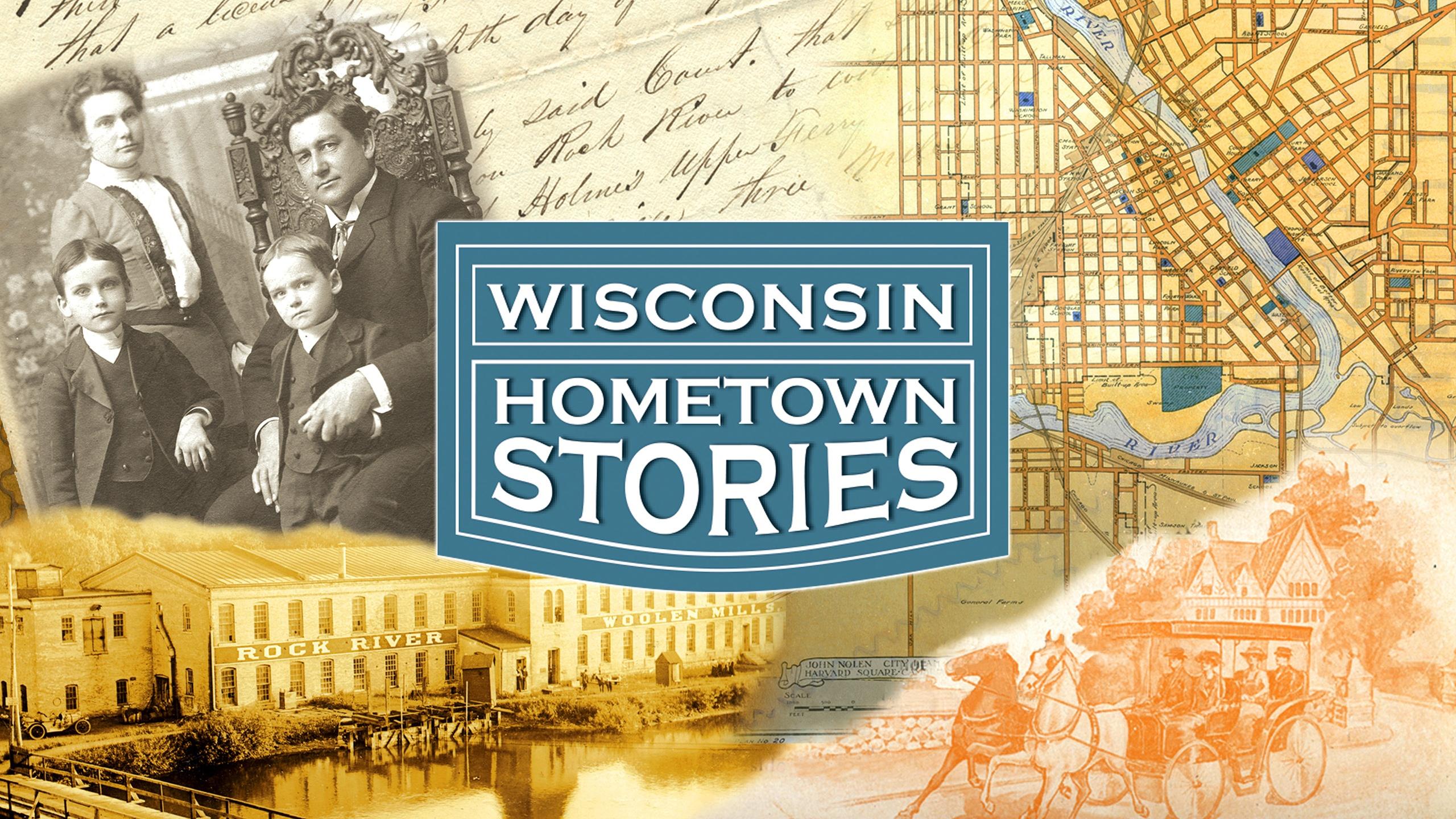


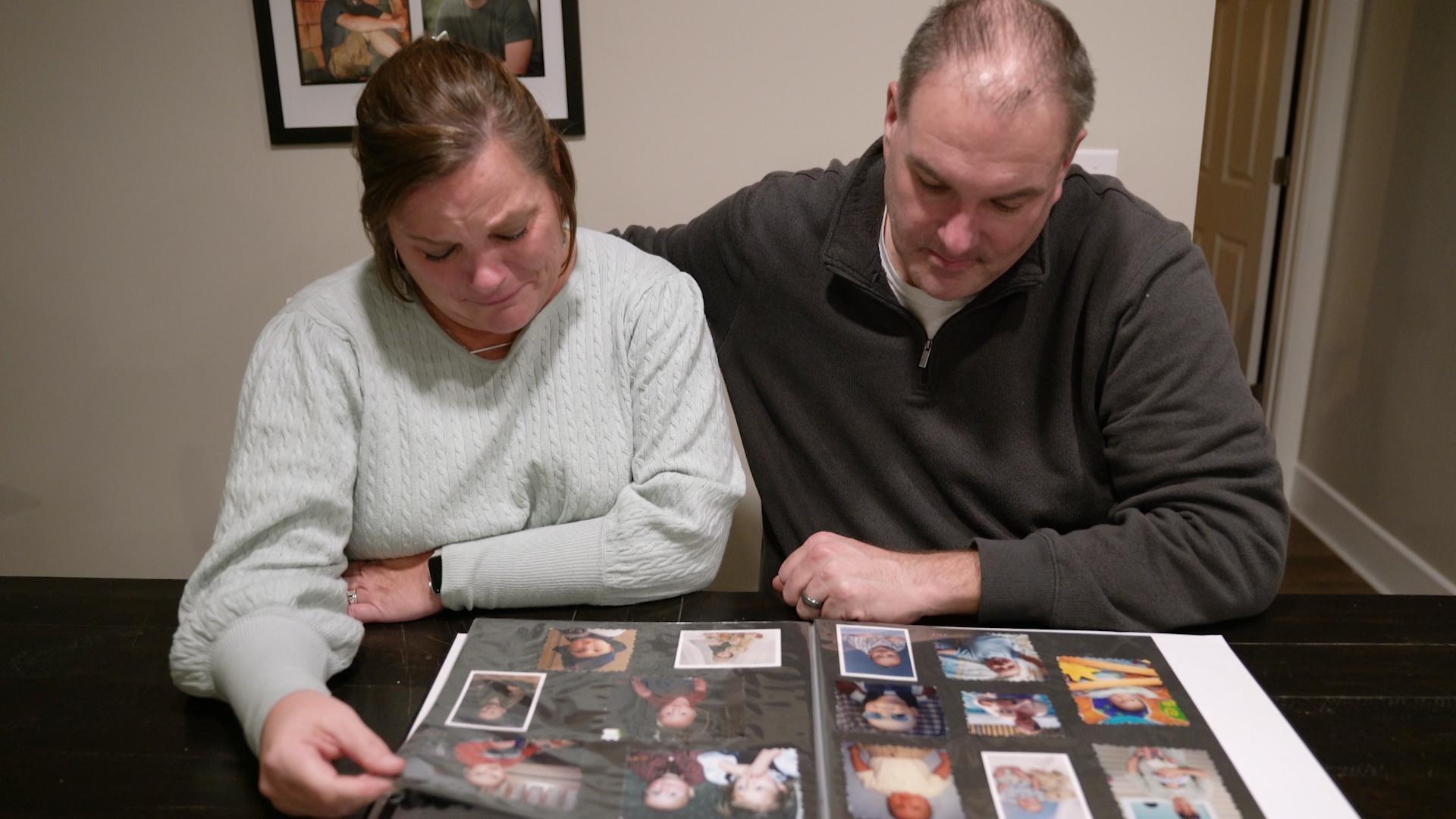
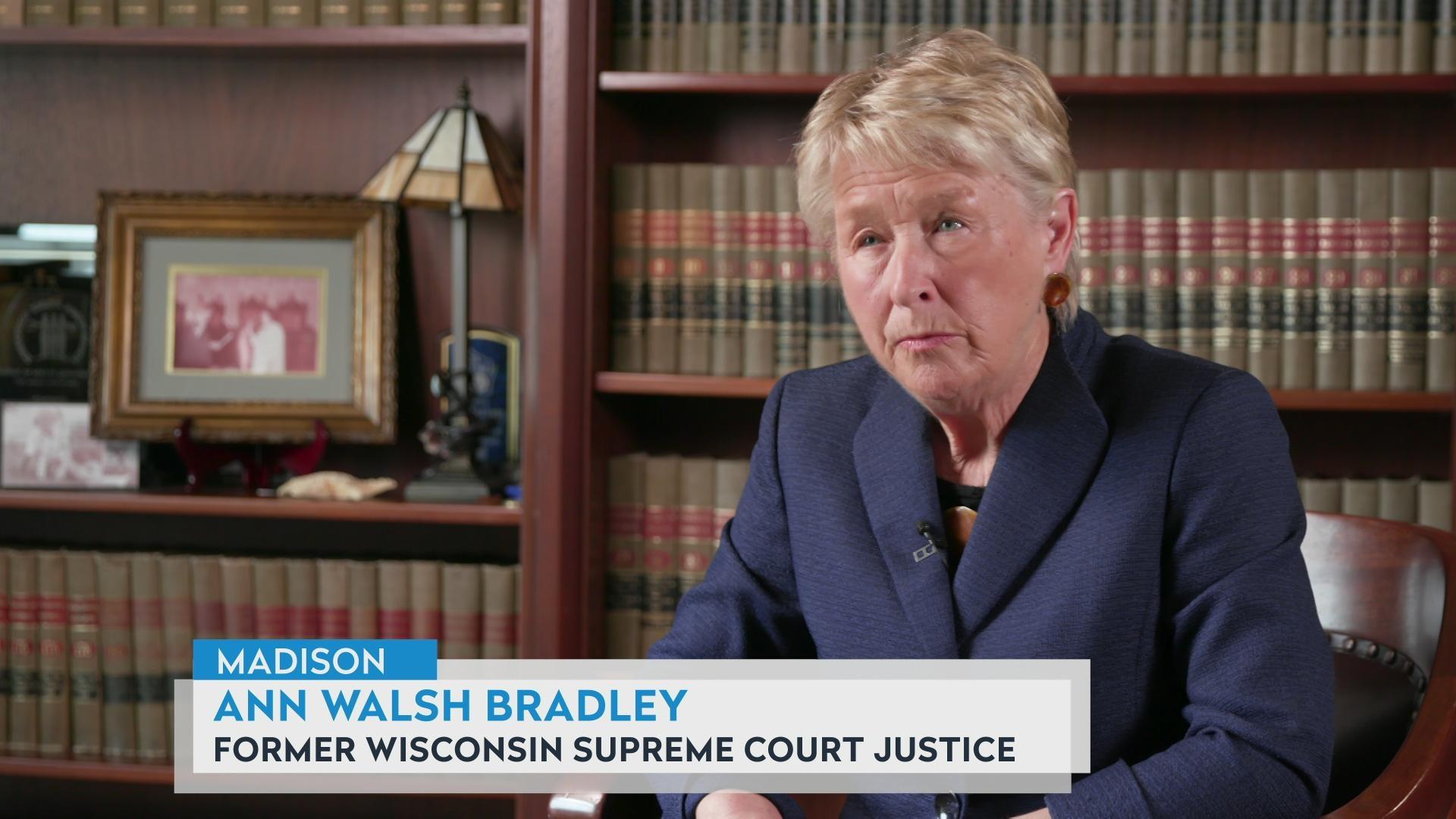
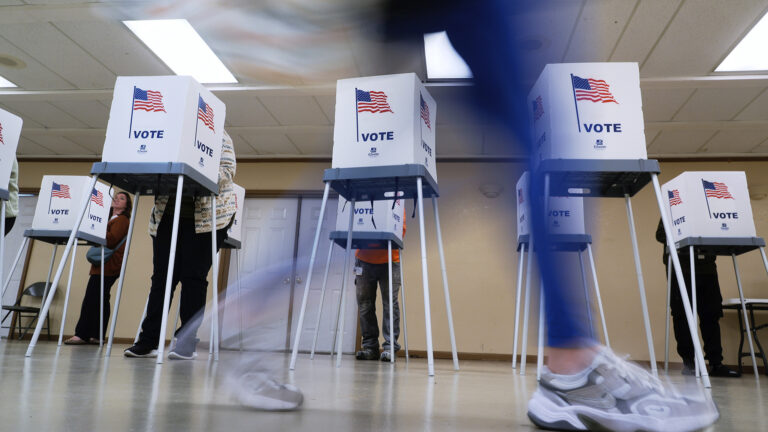

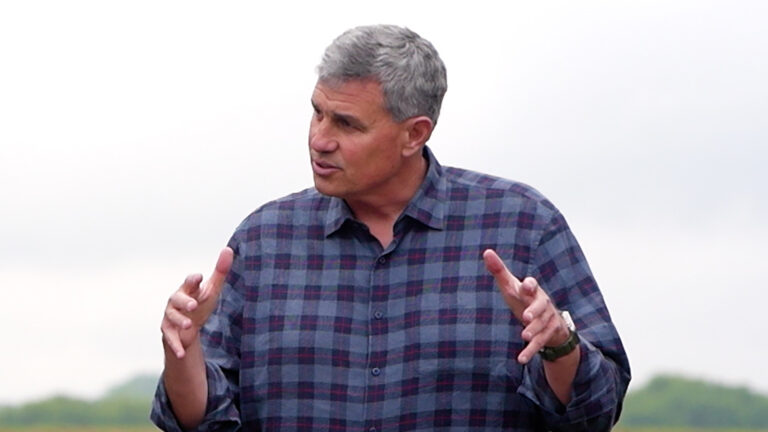
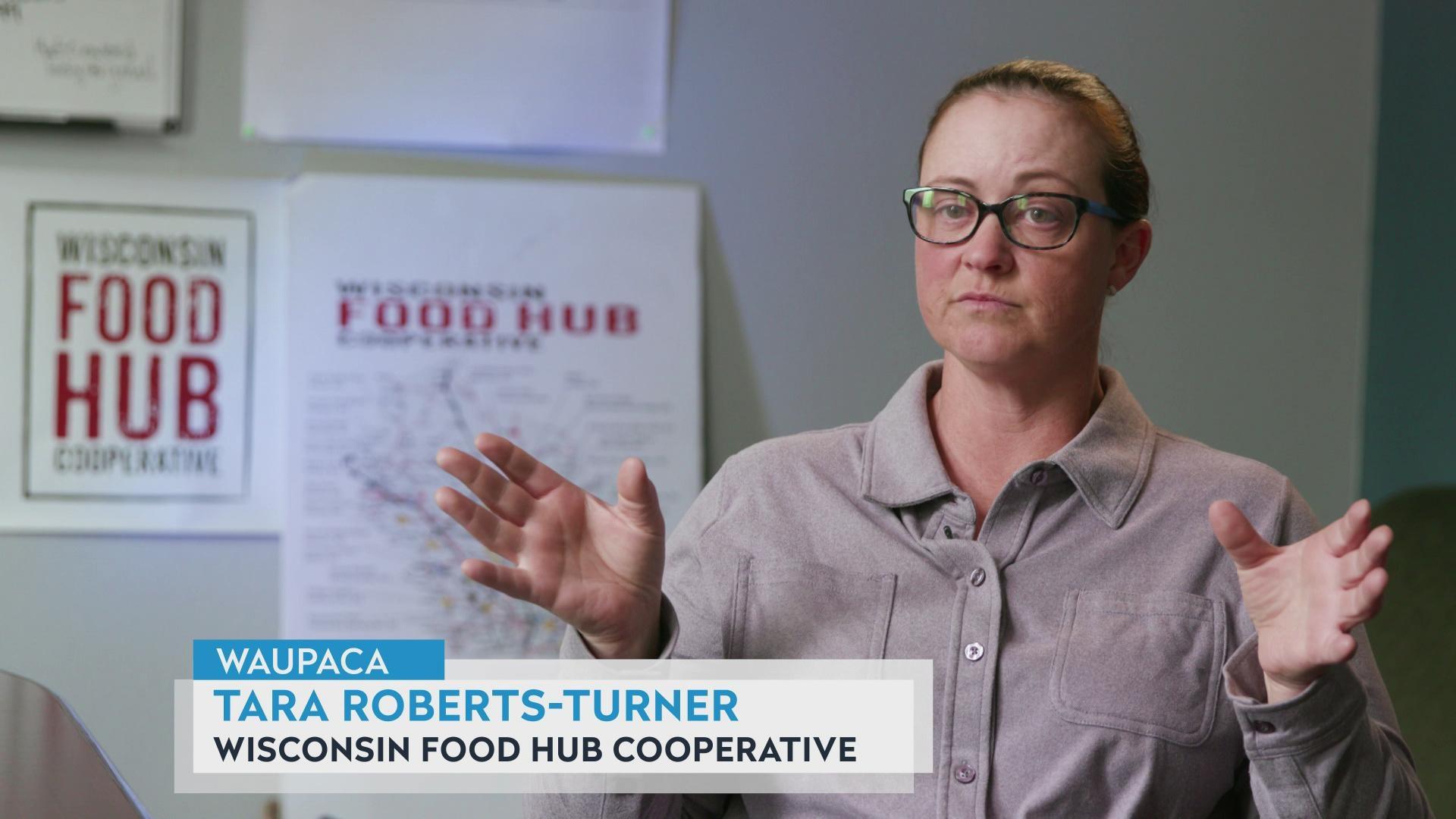
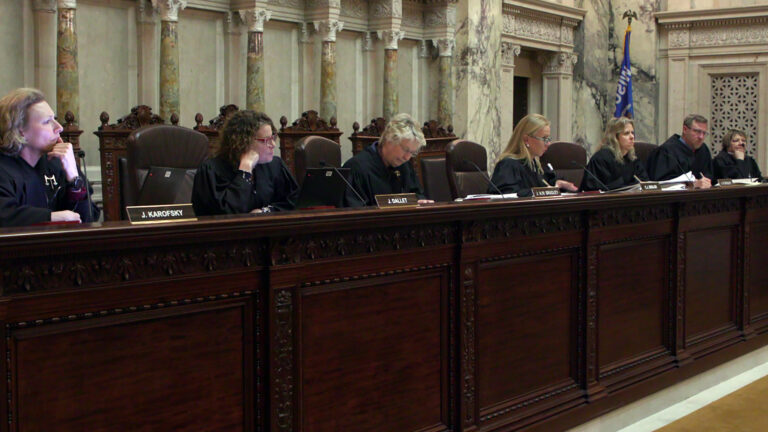
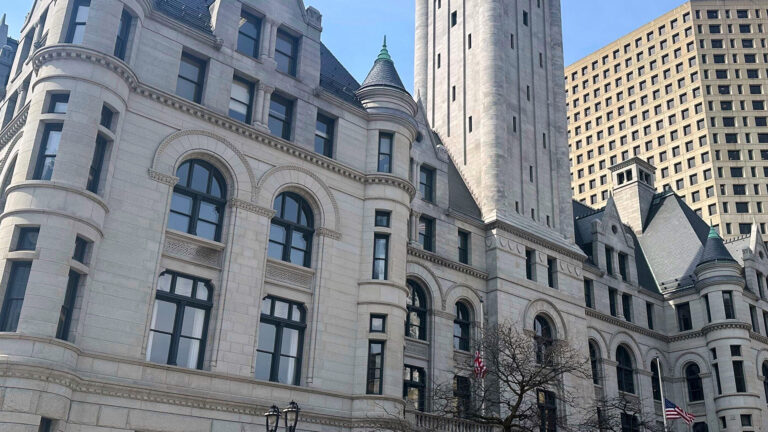
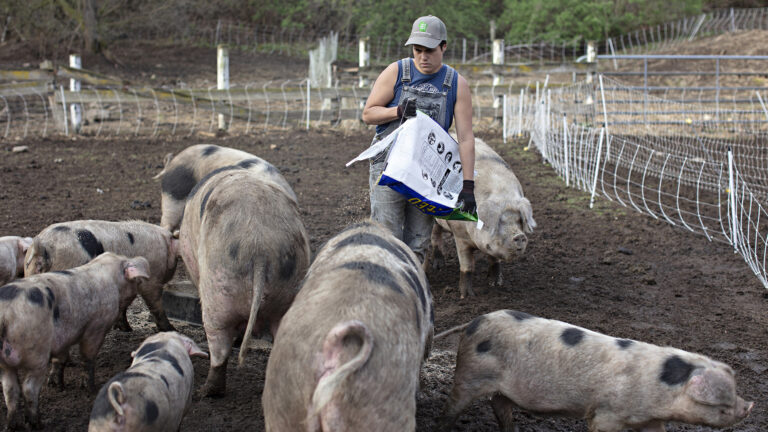
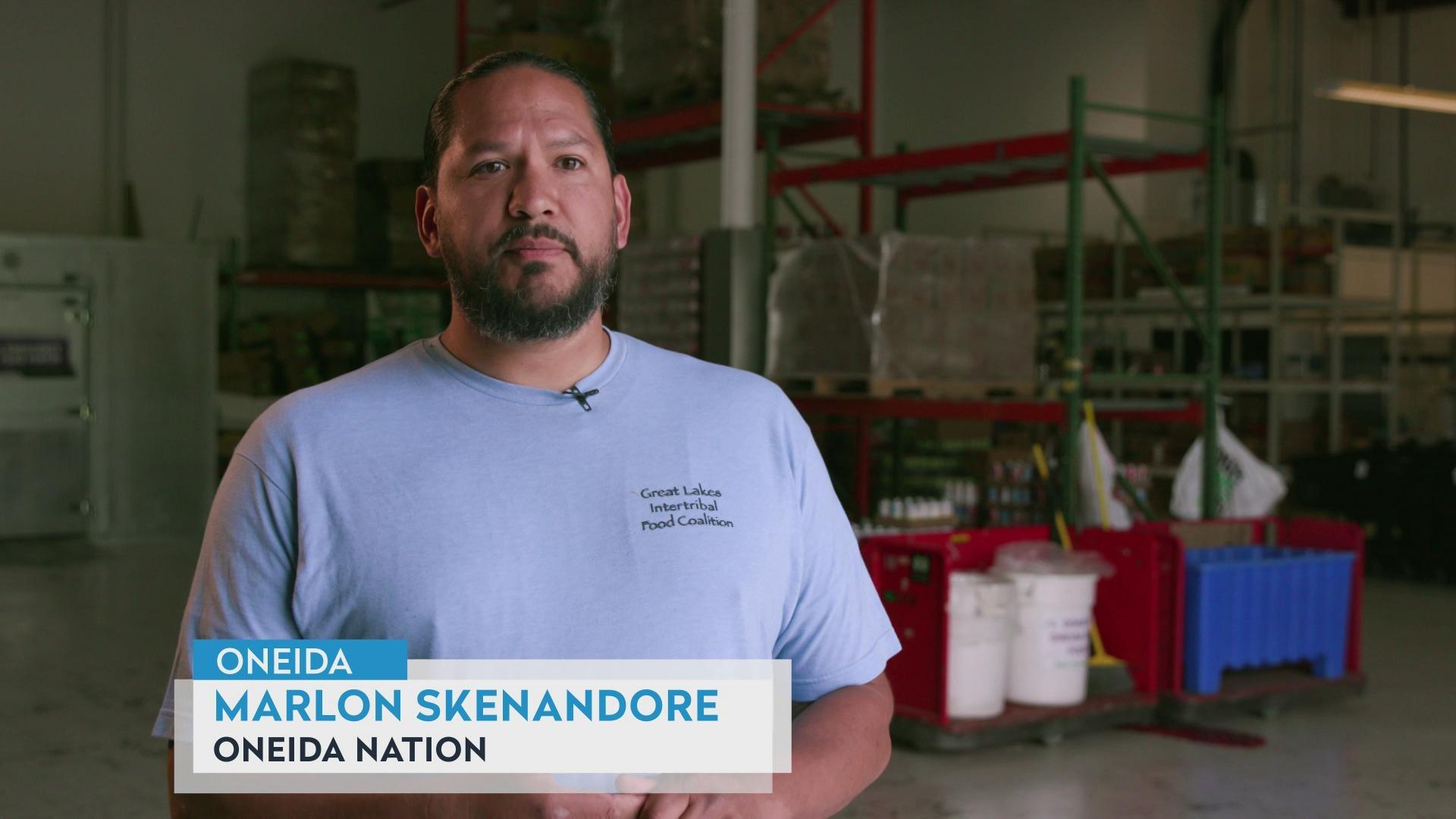
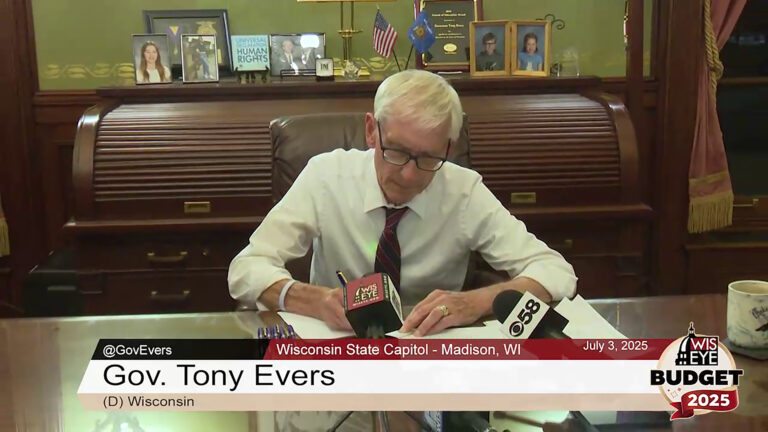
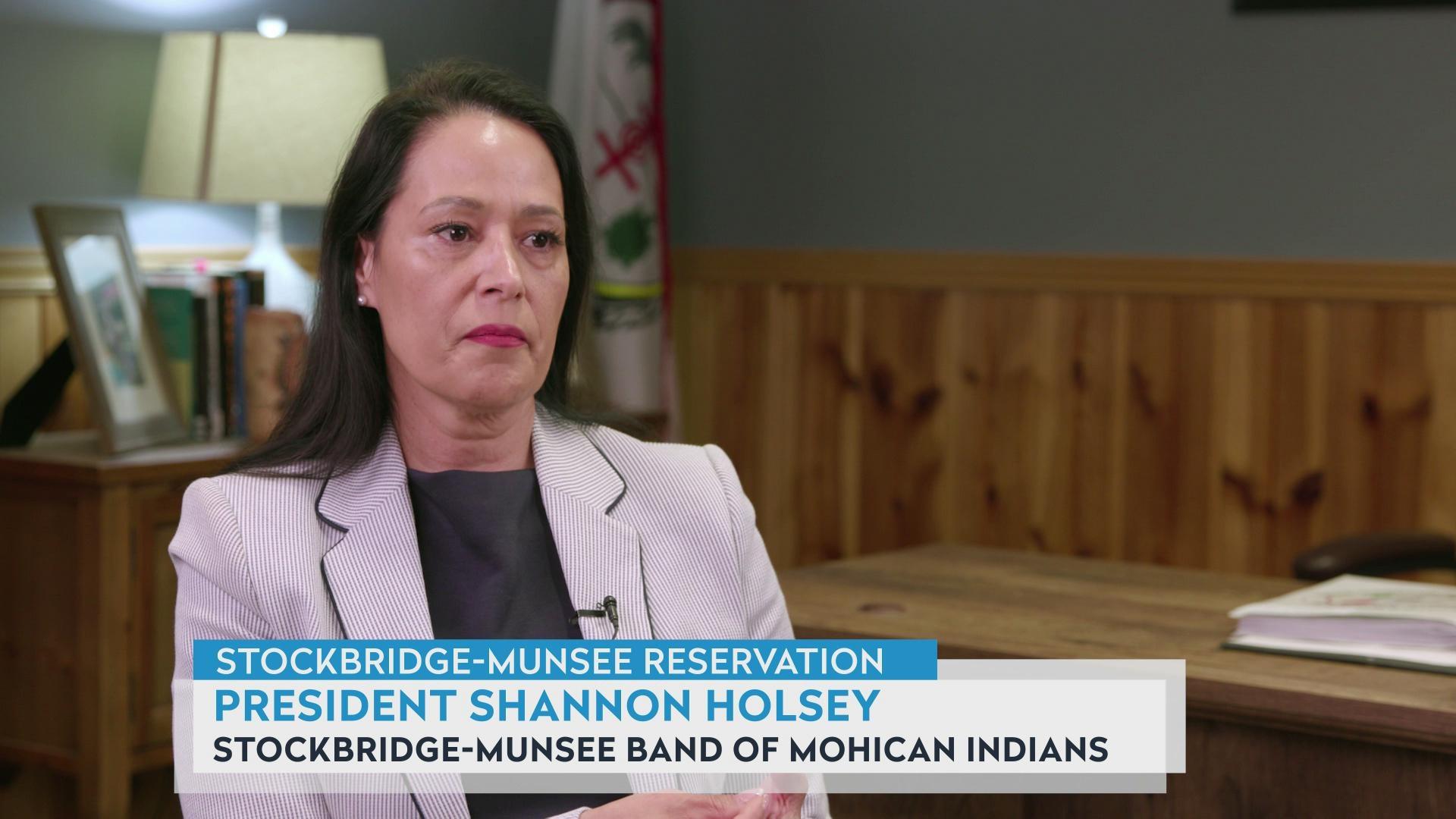

Follow Us